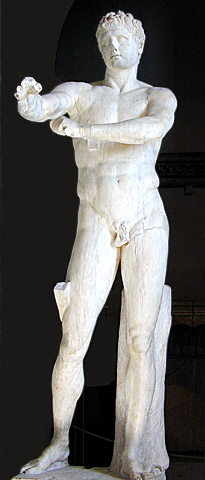Some of ARCHAEOLOGY's most interesting articles over the past few years have been about the research of Adelphi University's Anagnostis Agelarakis. A physical anthropologist with human remains as his specialty, Agelarakis is a first-class scientist yet doesn't lose sight of the fact that the bones he studies were once part of living human beings. Readers of the magazine and website may recall "Fallen Heroes" (March/April 2000), a preview of the study of bones from a public grave in Athens from the Peloponnesian War; "Warriors of Paros" (January/February 2005), an examination of clues from soldiers' burials to the rise of Classical Greek city-states; and "Artful Surgery" (March/April 2006), about evidence of a skilled surgeon who practiced centuries before Hippocrates.
In addition to his university career, Agelarakis has, with his wife, started producing olive oil near Rethymno on Crete. Their main product is a first cold pressing premium extra virgin olive oil made from olives grown on the slopes of mount Ida in their Northern Mylopotamos (Mill River) olive groves.
Michelle Lessard asked Agelarakis about the use of olives and olive oil in antiquity, ancient and traditional cultivation methods, and olives and human nutrition and health.
Neat interview. This is one of my favorite statues, showing an athlete using a strigil (missing, of course):

Couple of strigils here as well.